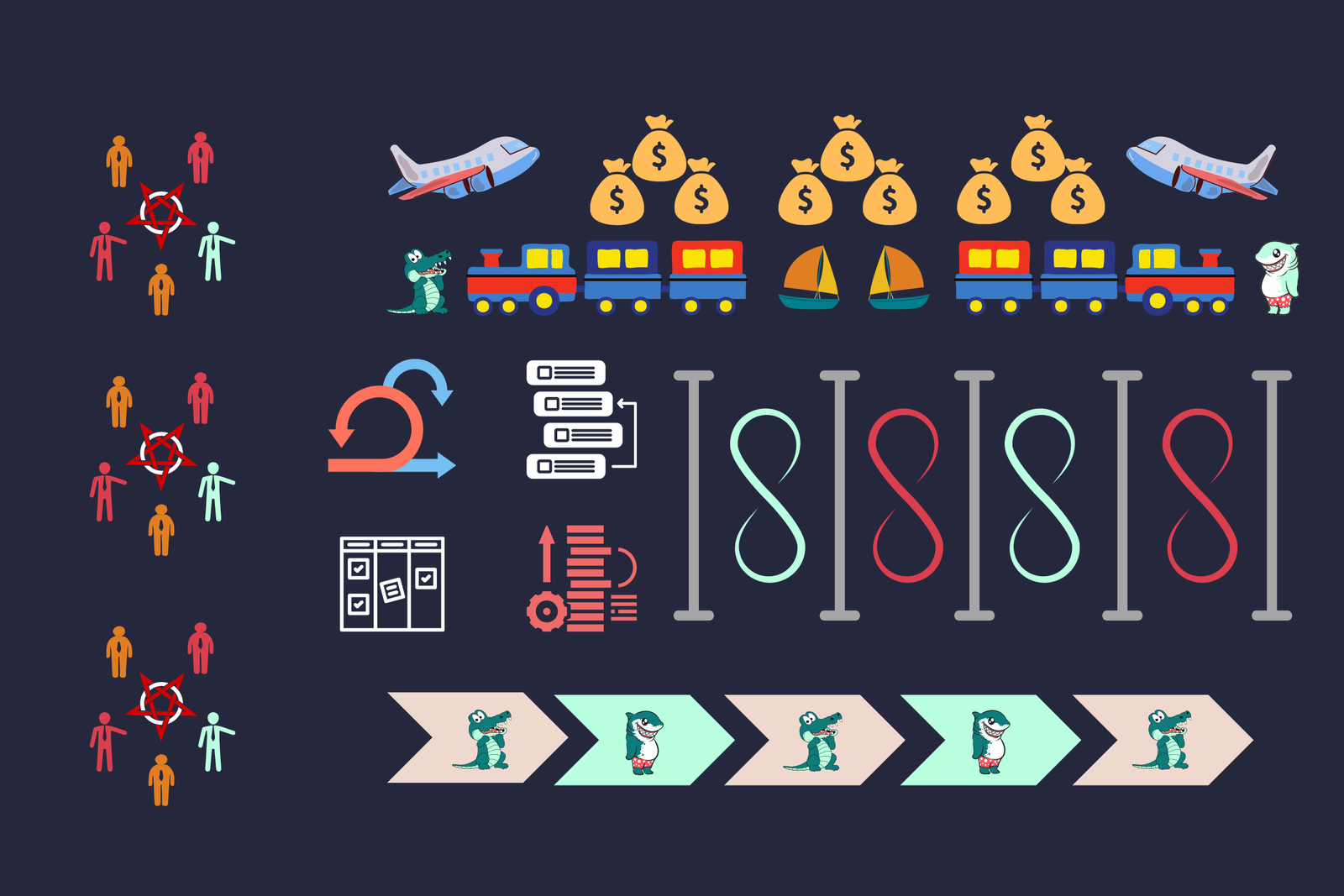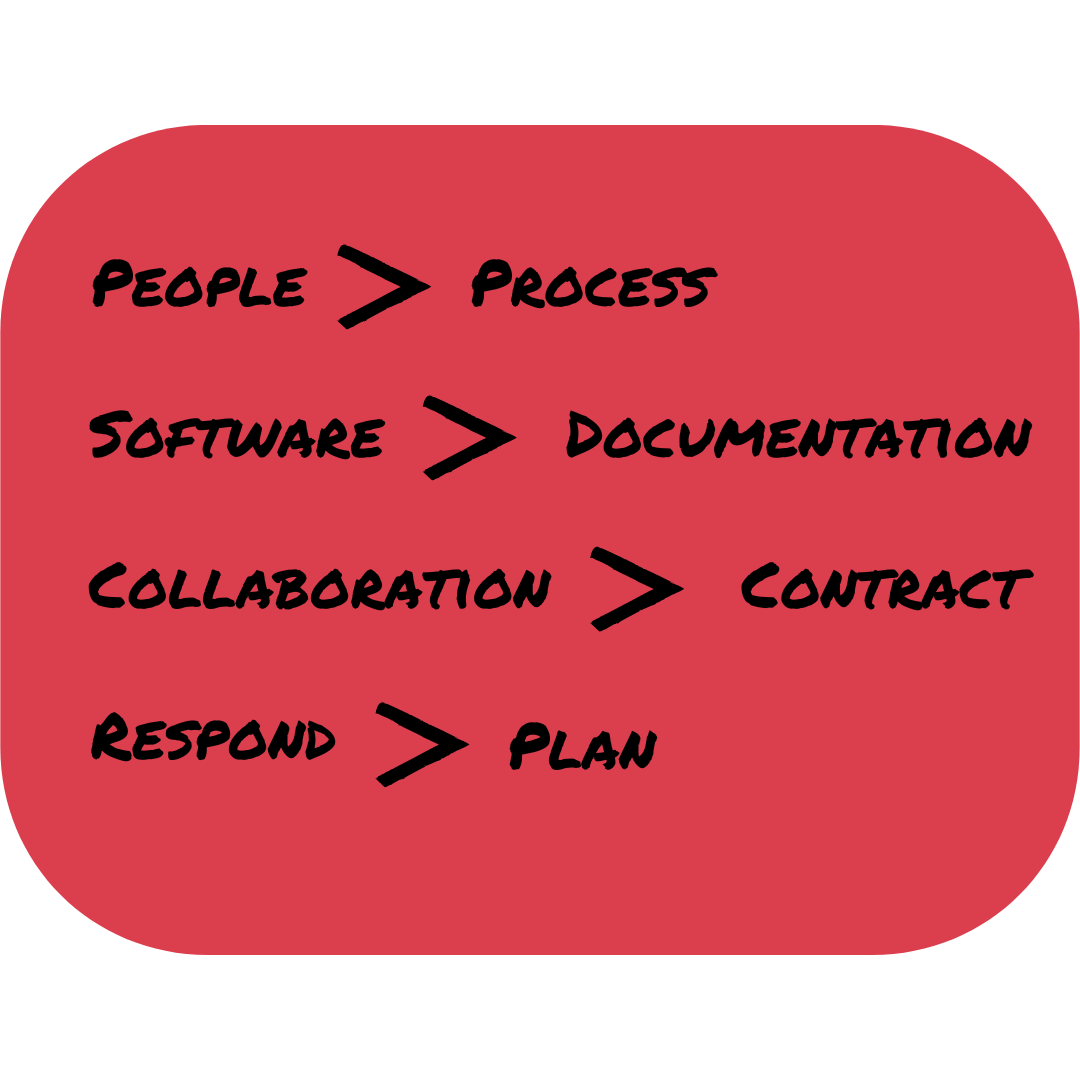
Overdosing on Agile Frameworks?
So were we…join the waitlist to hear our totally fictional (NDA proof) adventures with the shitshow that has become Agile.
Business
Hello there! Did you take your company through an Agile Transformation? Did you implement a Scaled Agile Framework? Are you still building crap that nobody wants? Do you know how your customers are using the product? Are those ‘projects’ still going over time and budget? Do you have many long meetings to come up with requirements? Do you think Business is separate from Development? Are you a Hippo?
Developer
Hello there! Did they tell you that Agile will solve all your problems, that you would be part of a magical team that will solve all your problems? Do you love focusing in an open office? Are you an introvert stuck in endless meetings? Is someone from Product Management your sole user and customer? Would you actually want to talk to users? How many releases to production do you do in a day? Do you even care?
Product Manager
Hello there! Did you pay for an Agile certificate? Do you still want to? Do you feel like you’re herding cats? Do you use a Gantt chart to keep all your teams in line? Do you feel like you are stuck in between Business and Development and everyone blames you? Do you write detailed stories which tells the developer what to call or calculate so they don’t screw up? Do you track your velocity every sprint?
You might be caught in a (Fr)Agile Spiral …
So why exactly doesn’t Agile work?

Agile is difficult
- Process is easy. People are messy, especially when put together.
- Evolutionary vestiges can’t be discarded easily. Documentation was a massive part of software development. So were handovers.
- Plans, documentation, and contracts give the illusion of clarity & control.
- Ability to respond requires loads of discipline, practice and work.
Shortcuts are easier…and often evil
- Frameworks are easy, all you have to is follow it. If it doesn’t work, there is always complexity, or those pesky others who always screw up 😉
- Process is a tool to a good manager, and a godsend to a lazy one.
- Give someone a hammer and they will hammer. So give someone boxes to check, or perhaps OKRs…
- Agility requires Trust. Trust requires putting in real work, with others, and if you are really serious, upon yourself.

The treatment process
At agile.rehab, we believe in recovery
Examination
The first step, especially as an outsider, is to figure out who you are and where you are. We look at what work for you, what doesn’t, and the most important question, why? Understanding why you behave the way you do and how bad the behavior is the best first step. For systems thinking, context, and because you are a business, we also find it useful to do this with a value stream map.
Detox
Organizations are complex creatures, and so are their problems. We deal with complexity in Agile the same way Agile is supposed be used to deal with complexity in product and software: with experiments and feedback. Our hypotheses from the evaluation phase are prioritized for action. Other considerations are top-down vs bottom-up approaches, pilots, and depending on the problems, immediate changes
Behavioral Therapy
Pilots are easy because they are contained. Just as it is easier to stay sober at a rehab center, pilots and test teams are a lot easier than the real life that follows. Long term change comes from Cognitive Behavioral Therapy: i.e., from understanding why you behave the way to do and what you can do to change it. We find that transparency, data, absolution, and trust are essential for effecting any meaningful change.
Testimonials
“We hired {Agile.Rehab} to reengineer our {Agile software development and operational} processes and what they proposed changed how we do business. They are very methodical and practical while {proposing and implementing incremental} solutions. I highly recommend {Agile.Rehab} and they will be our go to consultancy.”
— Darshan Puttannaiah, Founder & CEO @ Qwinix Technologies
“We contracted {Agile.Rehab} for the purpose of {improving operational} efficiency and effectiveness. I found their attention to detail commendable. Their recommendations were well targeted to the issues we were experiencing. I found them to be very straightforward and conscientious in terms of effectively utilizing the resources we were able to allocate.”
— Jim Williams, Director of Procurement @ Dixie Elixirs
“We’ve engaged {Agile.Rehab} for quite a bit of work. They really helped us define our processes and learn a ton about our industry landscape. They excel at breaking down complex concepts into understandable designs. They also helped us secure a large contract. Hire {Agile.Rehab} if you want it done right.”
— Brian Tsuchiya, Boulder Managing Director@ Idyllic Software
“In my time working together with {Agile.Rehab}, I have been impressed by their focus and dedication to delivering great results. What caught me by surprise was their focus on and easy way of building relationships with people. An often misunderstood art of collaboration is the ability to build and maintain great relationships while traversing the perils of uncertainty in any given project. {Agile.Rehab} has the ability to flush away those things that are toxic and focus the team on working together. That is a key ingredient to their success.”
— Marc Paladino, Director of Software Development @ Sling TV
“Through strategic questioning, {Agile.Rehab} was able to quickly assess our needs and open new possibilities for efficiently and cost-effectively addressing our data acquisition challenges. They showed very high integrity…throughout our project’s evolution and our shifting priorities. They were calm, creative and supportive…and a pleasure to engage. I would gladly work with {Agile.Rehab} again.”
— Mitchell Magdovitz, Director of Operations @ Food Equipment Company
“The {Agile.Rehab} team came into our company with the task of transforming how we work projects and efforts, coaching us in new principals and experimenting in others. I have seen a high quality of work and dedication from a team…that has proven that nothing scares them and that nothing is too big to overcome. I appreciate their tenacity and patience.”
— Greg Johnston, Director of Platform Enablement @ DISH Network